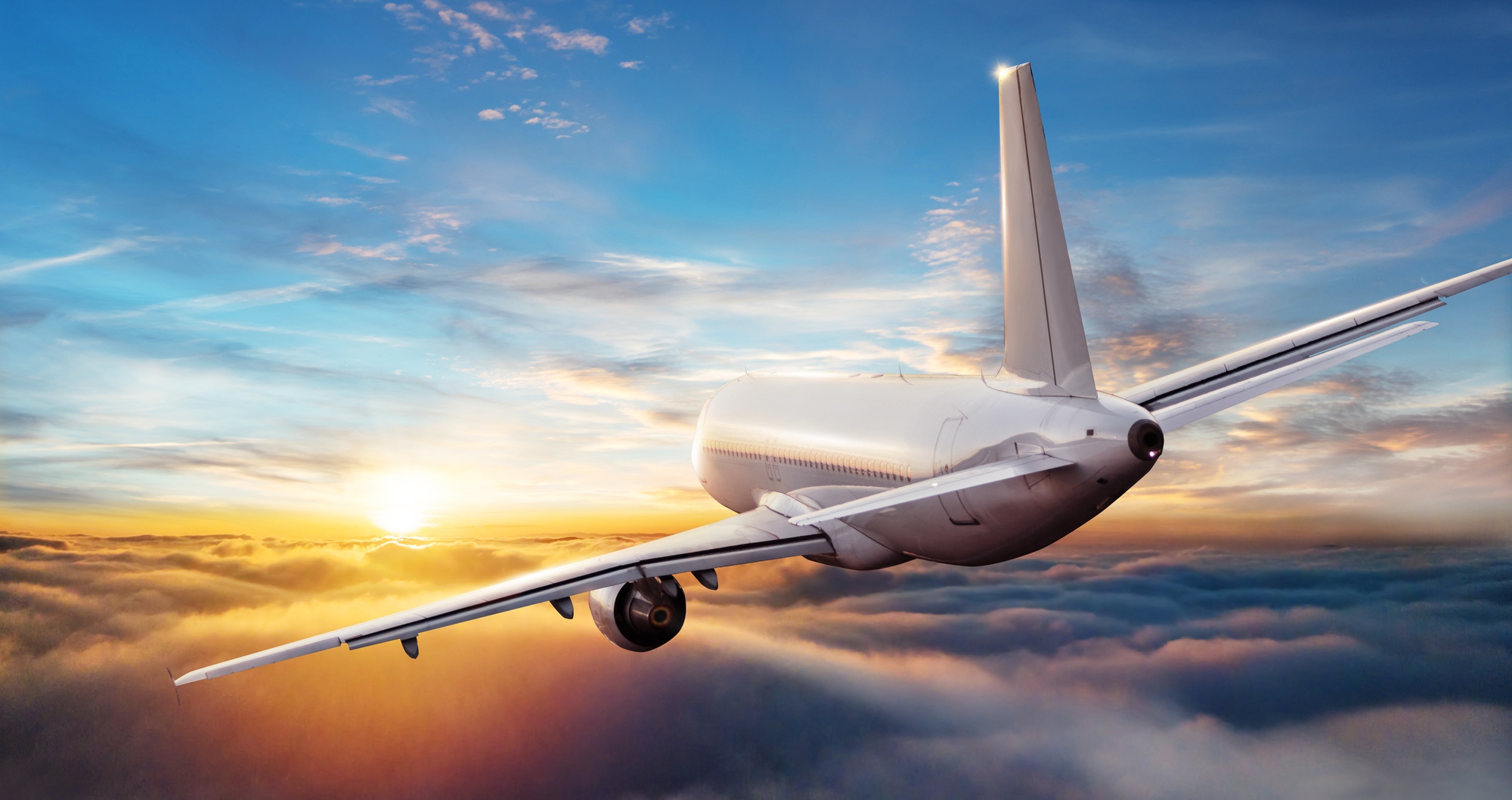The Federal Aviation Authority (FAA) provides air traffic control across the United States. It connects people across America and links them to the rest of the world. It handles over 16 million flights a year, pre-COVID-19.
Nobody can deny the significance of aviation in the modern world. It’s a fascinating subject. Read on to learn nine interesting and unique aviation facts.
1. Air Traffic Aviation Facts
The 518 airport traffic towers and 21 air route traffic control centers of the FAA control aviation movements from 19,622 US Airports. There are 14,695 air traffic controllers handling 5000 aircraft in the sky at peak times. They control more than 44,000 flights a day.
2. Popping Ears
After take-off and as the aircraft departs, many passengers will experience a strange phenomenon. You may have experienced popping ears. What causes this?
As the aircraft rises through the air, the outside atmospheric pressure reduces because air is thinner, the higher you go. The inside air pressure is artificially adjusted to a different level to that which you experience on the ground.
Some air is trapped inside your body, and this remains at the same pressure as ground-level air. One place this happens is in the tubes that link your mouth and nose to your middle ear. This higher pressurized air starts to expand inside your ear, and this produces the popping sensation.
3. How Old?
Air travel might be one of the safest forms of transport. You could be forgiven for thinking that once an airplane starts to age, it is retired on safety grounds. You might be surprised by this aviation fact.
Many aircraft remain airworthy for 20 years or more. The service life of an airplane is typically 20 years, but the lifespan of an aircraft is based on the number of pressurization cycles the aircraft experiences.
A pressurization cycle is when an aircraft is pressurized during a flight, and its fuselage comes under stress. This stress is what ages the plane. Metal fatigue is the greatest threat to safety, so it’s the number of times the aircraft flies that determines its airworthiness.
A low frequency of flight means a longer life. Even long-haul aircraft that have a small number of pressurization cycles can have a long life, well beyond 20 years.
4. How Many?
On average, 2,789,971 passengers fly from or to United States airports each day. That’s over 1 billion passengers flying in the United States during a typical year; the COVID pandemic has reduced these numbers by 80%.
As well as passengers, aircraft carry freight. The 44,300 million pounds of cargo that aircraft carry includes items as diverse as an airmail letter, textiles for the fashion industry, and pharmaceuticals.
5. So Few
The high volumes of US air passengers disguise the fact that air travel is for the few fortunate ones. Most people have never been on an aircraft. People in less developed countries are doubtful to fly ever in their lives.
Only 5% of people in the world have ever flown on an aircraft. The growth in aviation is mostly among a few frequent flyers who are flying even more frequently.
6. Fear Itself
Franklin D. Roosevelt said, “Fear is the thing we should most fear. Fear stops us from doing many things for good reasons. It protects us from taking risks that might lead to us injuring ourselves or even dying.”
Aerophobia or fear of flying makes taking a flight very stressful or even impossible for many people. Over 80% of people claim to be frightened of flying. This fear may be better described as the fear of crashing rather than the fear of flying.
Strange to think that fear of flying affects so many people but that it has very little justification in reality. The fear rather than the facts of flying seems to be the problem.
7. Safety First
People may find flying frightening, but if only they knew the facts, they would realize that it is one of the safest things you can do. It’s so safe that fatalities are almost unknown.
For every 100,000 hours of flight in the US, there are only 0.01 fatal accidents. For every 100,000 aircraft departures, there are only 0.018 fatal accidents. These numbers are so low it’s hard to imagine a safer activity.
8. Airline Food
If you fly frequently, you might be forgiven for thinking that the options of beef or chicken come up rather too often. Imagine being served airline food every day of your working life. That’s the experience of aircrew.
The pilot and co-pilot have an added difficulty. They must not eat the same food as each other. This is to avoid the remote chance that the food gives them food poisoning. Does anyone remember the movie Airplane? Don’t eat the fish!
Eating different foods usually means that the pilot eats from the first class or business class menu, and the co-pilot has something from the alternative list. Rather than food poisoning, which is very rare, the co-pilot probably has a case of food envy most days.
9. No Slow Coach
The massive Boeing 747 is recognizable because of its bulk. It’s widebody and mega-size lead to it being known as a jumbo jet. You’d think that all that bulk would slow it down.
Don’t let its scale fool you. The Boeing 747 can get up to speeds of nearly 600 miles per hour. Its size, combined with speed, makes it one of the most critical players in the aviation passenger market.
Fascinating Aviation
The world of aviation is a fascinating one. Aviation facts and figures, as well as the experience of flying, have much to offer the flying enthusiast. The sky is quite literally the limit.
For more guidance on aviation contact Jason Zilberbrand here.




